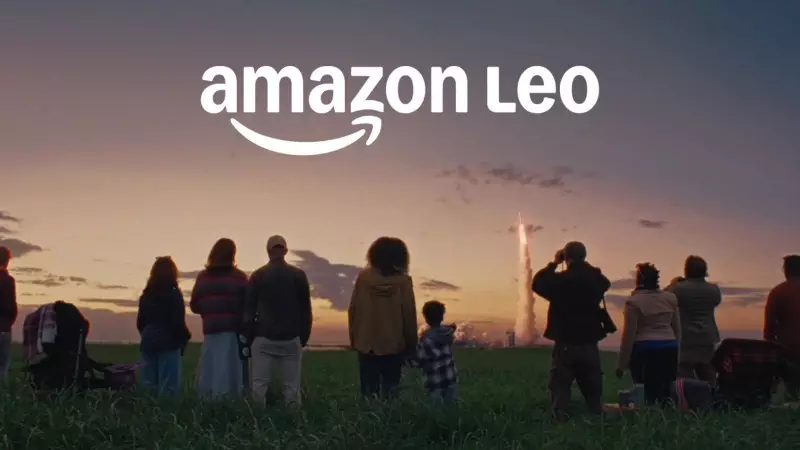
Amazon has officially unveiled its ambitious satellite internet project, now rebranded from Project Kuiper to Amazon Leo, marking a significant step in the global space internet race. The e-commerce giant has secured an unprecedented 80 launch contracts, representing the largest commercial launch procurement in history.
What is Amazon Leo?
Amazon Leo takes its name from Low-Earth Orbit (LEO), the region between 590 and 630 kilometers above Earth where Amazon's current fleet of 153 satellites operates. This strategic positioning enables reduced latency compared to traditional satellites, facilitating smoother video conferencing, online gaming, and high-definition streaming even in remote areas.
The project aims to deliver reliable internet access to underserved communities worldwide, including remote regions and areas near major cities where traditional broadband faces limitations due to cost, terrain, and infrastructure challenges.
Massive Infrastructure and Production Capacity
Amazon Leo operates as part of Amazon's Devices and Services division, sharing organizational space with products like Kindle and Echo. The project maintains complete independence from Blue Origin, Jeff Bezos' separate aerospace company.
The initiative is headquartered in Redmond, Washington, with a satellite production facility in nearby Kirkland capable of manufacturing up to five satellites daily. Amazon also operates a satellite processing center at the Kennedy Space Center in Florida, collaborating with launch partners including Blue Origin, SpaceX, and United Launch Alliance.
Three-Tier Terminal System and Global Coverage
The Amazon Leo ecosystem comprises three core components: ground infrastructure, satellites, and customer terminals. The ground infrastructure includes gateway antennas for secure data transmission and TT&C (telemetry, tracking, and control) antennas monitoring satellite health and operations.
Amazon plans to deploy more than 3,000 satellites in its initial constellation, with coordinated movements designed to ensure consistent global broadband coverage. The company will offer three customer terminal options:
- Leo Nano: Delivering speeds up to 100 Mbps
- Leo Pro: Offering up to 400 Mbps
- Leo Ultra: Providing maximum speeds of 1 Gbps
Safety and sustainability remain key priorities, influencing satellite design and Amazon's collaborations with scientists and space operators. The project is scheduled to begin serving select enterprise customers by late 2025, with broader availability planned for 2026 as additional satellites expand network coverage and capacity.





